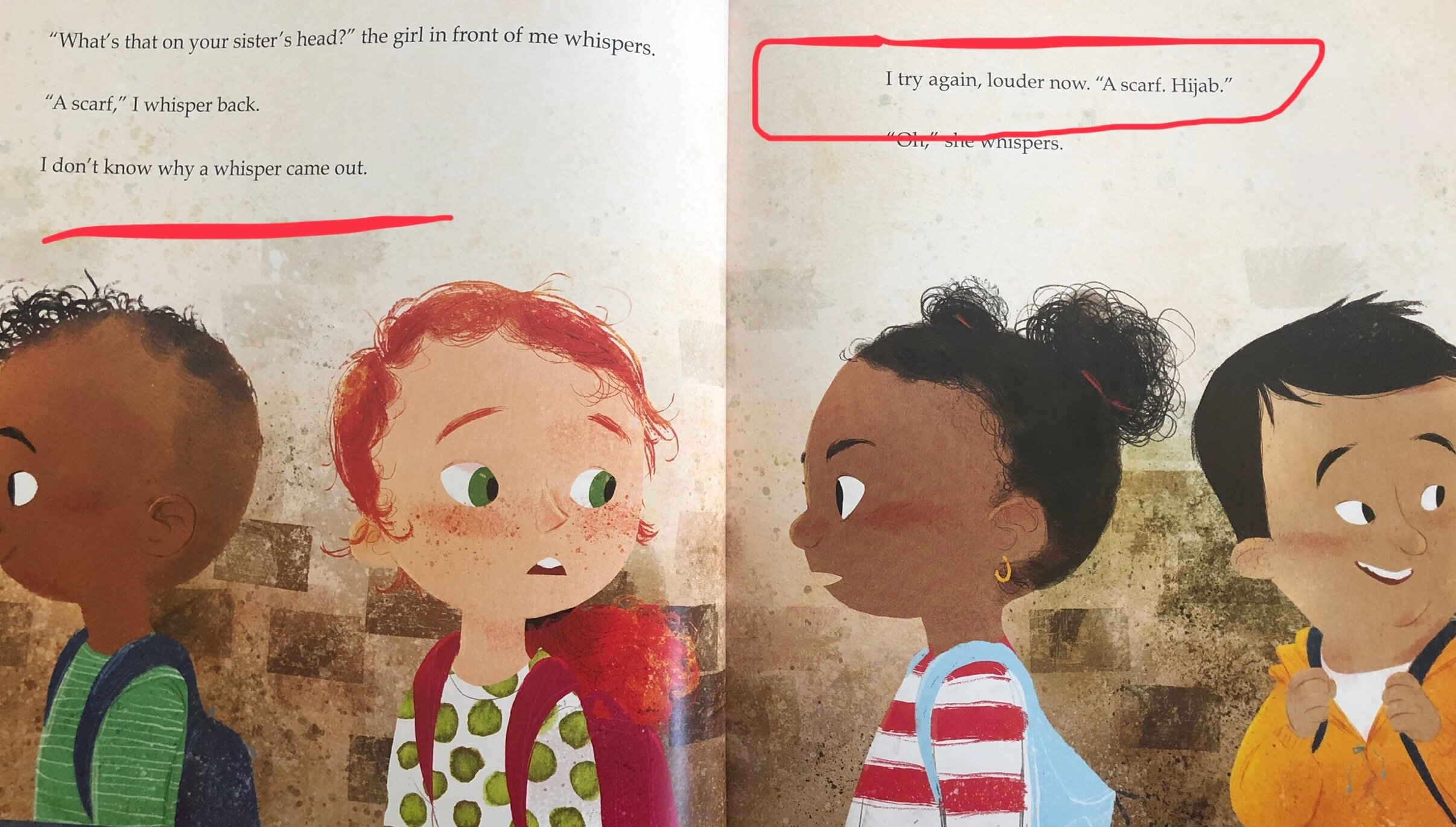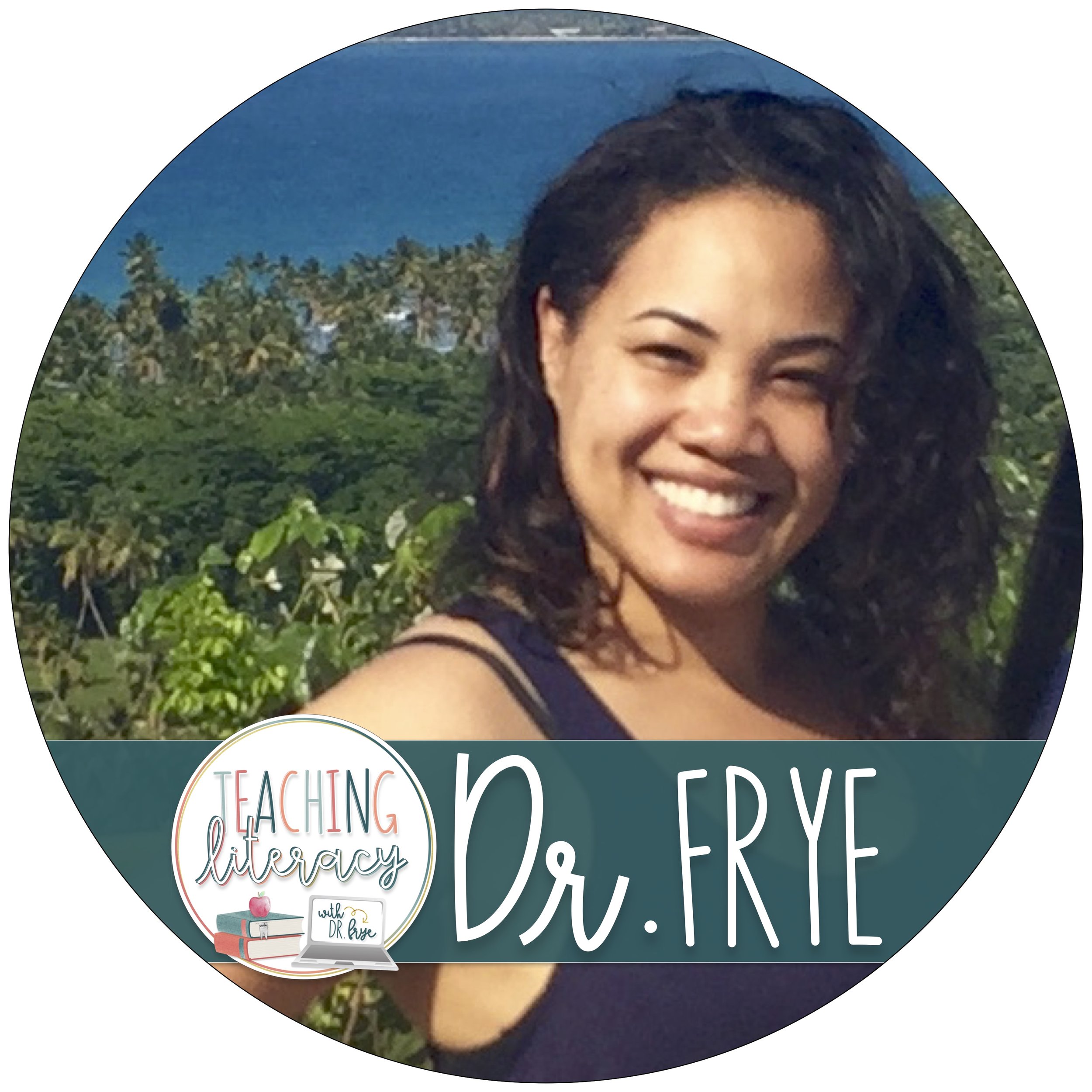#heknewbetter
/🚨This book is A. PAGE. TURNER.
Author Tiffany D. Jackson masterfully crafts the story of Enchanted, a 17-year-old aspiring singer looking to follow her dreams. An unexpected encounter with a famous star slowly turns into a gripping tale of predatory behavior, abuse, classism, and racism.
I devoured this book in one day, finishing in the wee hours of the morning. Do yourself a favor and preorder Grown - it’s powerful and smart and so, so important. #heknewbetter
👩🏽🦱 Author: Tiffany D. Jackson
🔪 Genre: YA/Thriller
📚 Publisher: HarperCollins
🗓 Publishing Date: September 15, 2020
I received this book from the publisher and NetGalley in exchange for an honest review.
Yours in Literacy,
Sheila 😊




















